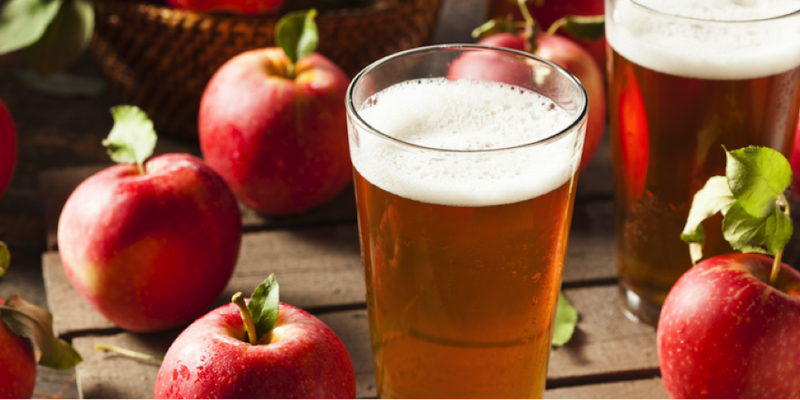Spotlight on Cider
It’s all rage these days, don’t go for that bottle of beer, have a bottle of cider instead! In this post, we take a closer look at Cider. Not sure what it really is? we’ve got you covered. We also share some health benefits (yes, there are health benefits from drinking it in moderation) and share some tips on how to store it so when you’re ready, it’s served best.
What is cider?
It’s the fermented juice of apples and some even include fermented pear juice. Cider can be anything from tart and dry through to sweet and rich, it can be clear or cloudy and it can be still, fizzy or something in between. There are over 7,500 varieties of apples around the world. Meaning there could be that many types of cider you could taste!
Health Benefits:
- Cider is packed with chemicals that protect against cancer, heart disease and other age-related conditions. 250ml of cider delivers the equivalent amount of antioxidants as a standard glass of red wine, researchers
- It contains a strongly alkalizing substance that helps digestion, especially in those people who do not produce enough hydrochloric acid in their stomach.
- Apple cider can also be made into apple cider vinegar, which is used as a cure for some health conditions. Apple cider vinegar is made from fermenting apple cider. Consuming apple cider vinegar you can also ease both constipation and diarrhea naturally. It is able to help ease constipation due to its pectin content, which is a soluble fiber assisting the bowels in collecting and excreting waste. In the case of diarrhea, it is able to help by soothing the irritated lining of the intestine.
How to store cider:
- Mature cider should be stored in full airtight containers – it can be bottled or kept in bulk, just remember that air must be excluded at all times to prevent storage.
- Traditional farm cider is popular because it’s often served from large barrels, however, while the first drawn cider may be delicious, the air space in the barrel increases in the barrel thus increases the risk of spoilage producing a vinegary, unpleasant taste.
- The bag in box system is a great solution to this. As the cider is drawn from the box via the tap, the bag collapses without letting in any air, keeping the cider fresh to the last drop.
- You can also just get cider in bottles, best kept in the refrigerator and consumed by the used by date as printed on the bottle.
Enjoying cider
Cider and perry tends to fall into one of two styles – New World or Traditional.
“New World” refers to the style, not a location. Ciders are made primarily from culinary/table fruit. Compared to other Standard styles, these are generally lower in tannin and higher in acidity. Whereas, “Traditional” show some tannin derived from the apples used. Cider is bittersweet and bitter, sharp apples will contribute this; other varieties may also be used.
While personal taste will also influence the temperature at which cider is tasted, the recommended temperature is between 7ºC and 10ºc. At this temperature, cider displays all of its strength, body and acidity, and is more aromatic and pleasing to the palate.
